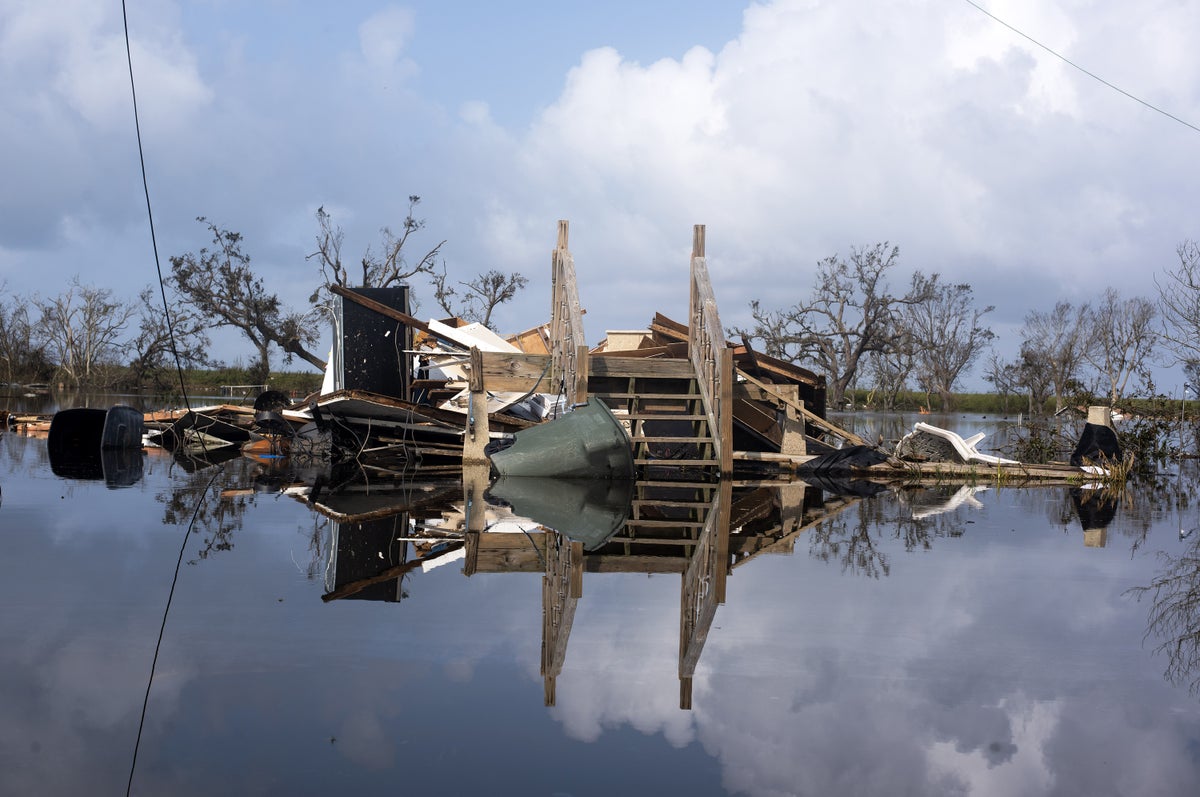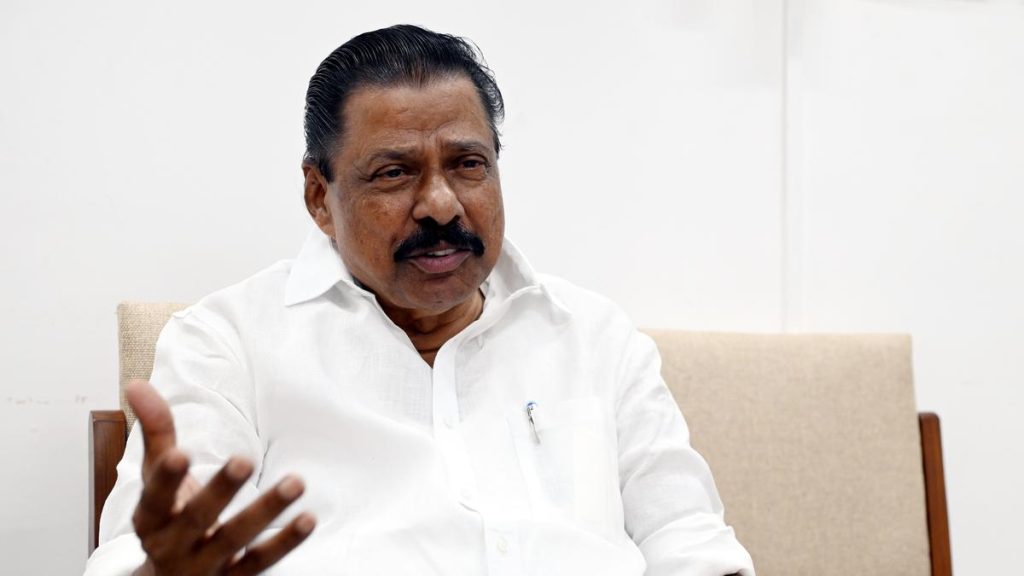Now Reading: Potential Impact of Trump’s Weather Service Cuts on Public Safety
-
01
Potential Impact of Trump’s Weather Service Cuts on Public Safety
Potential Impact of Trump’s Weather Service Cuts on Public Safety

Speedy Summary:
- Over 100 years of advancements in weather forecasting have saved lives and reduced economic losses, thanks to notable investment by the U.S. federal government.
- Experts are alarmed over staffing cuts at the National Weather Service (NWS) and its parent body NOAA,citing potential degradation in forecast accuracy and disaster preparedness.
- The NWS operates 122 field offices with ~4,000 staff providing forecasts for approximately 300 million people, costing $4 per American annually but delivering benefits worth $100 billion-a tenfold return on investment.
- Staff shortages have led to critical issues such as reductions or cancellations of weather balloon launches,affecting atmospheric data collection necesary for accurate models during tornado outbreaks or hurricanes.
- Several tools critical for disaster response-like Doppler radar systems used to locate tornadoes-are vulnerable due to limited budget for maintenance.
- hurricane Hunter crews tasked with improving hurricane predictions are under-resourced; reduced aerial data could increase vulnerability along coastal regions during hurricanes.
- One-third of the U.S. economy relies on climate data; sectors like aviation and farming would suffer from disruptions caused by understaffing at NWS offices.
- Critics claim that targeted cuts disregard employee dedication, create inefficiencies through mass firings of newer staff members, and foster morale issues within severely overstretched teams.
Indian Opinion Analysis:
The reported challenges facing NOAA’s National Weather Service offer lessons relevant across nations that depend heavily on state-supported scientific agencies for public safety. India’s ambitions toward greater preparedness against climate-related disasters-from cyclones in coastal states to Himalayan flash floods-necessitate robust investment in meteorological infrastructure akin to NOAA’s mandate. Staffing shortages could significantly impact early warnings that save lives and reduce economic damage-a concern especially pertinent given India’s population density.
India can glean insights about balancing cost-efficiency while sustaining high-impact operations under resource constraints. Continuous funding can prevent breakdowns similar to those highlighted here: lapses in equipment readiness or timely atmospheric modeling could hinder disaster responses nationwide.
Moreover, climate change-induced extreme weather events increasingly demand more sophisticated forecasting techniques requiring skilled personnel rather than reliance solely on emerging technologies like artificial intelligence (as noted). A proactive stance toward prioritizing such investments might forestall substantial long-term costs-both human life loss and financial reconstruction measures-for India too.
























